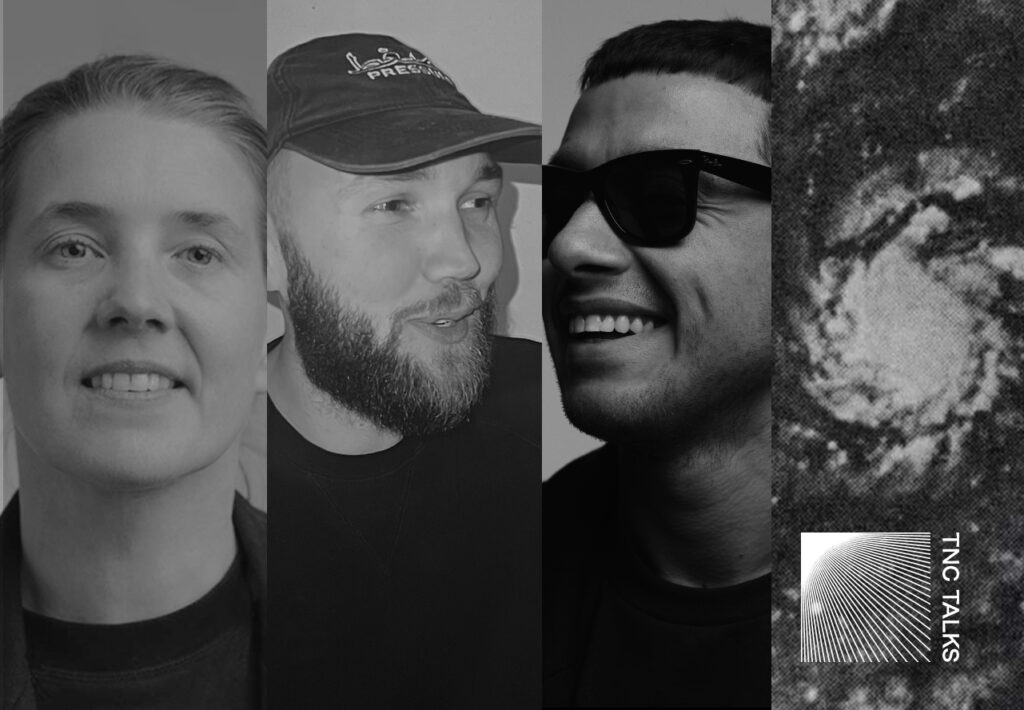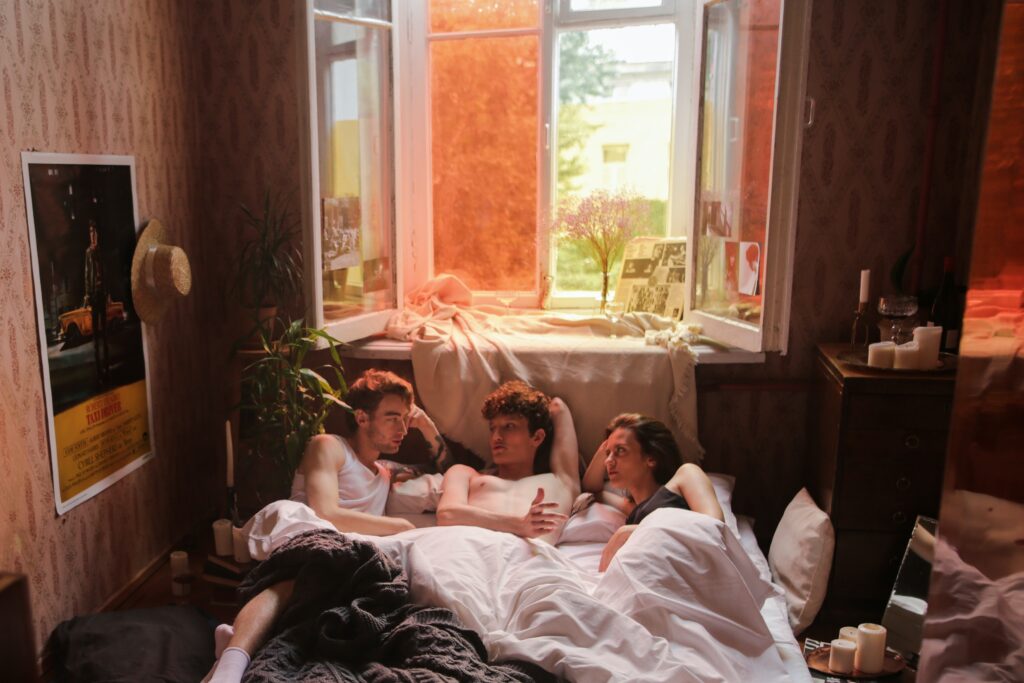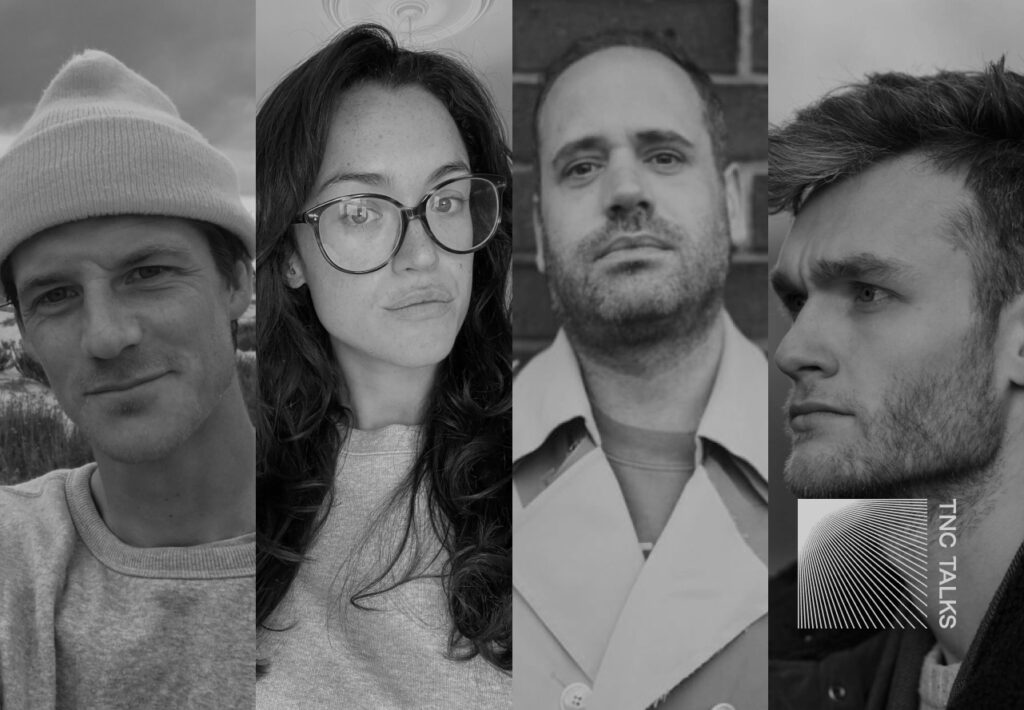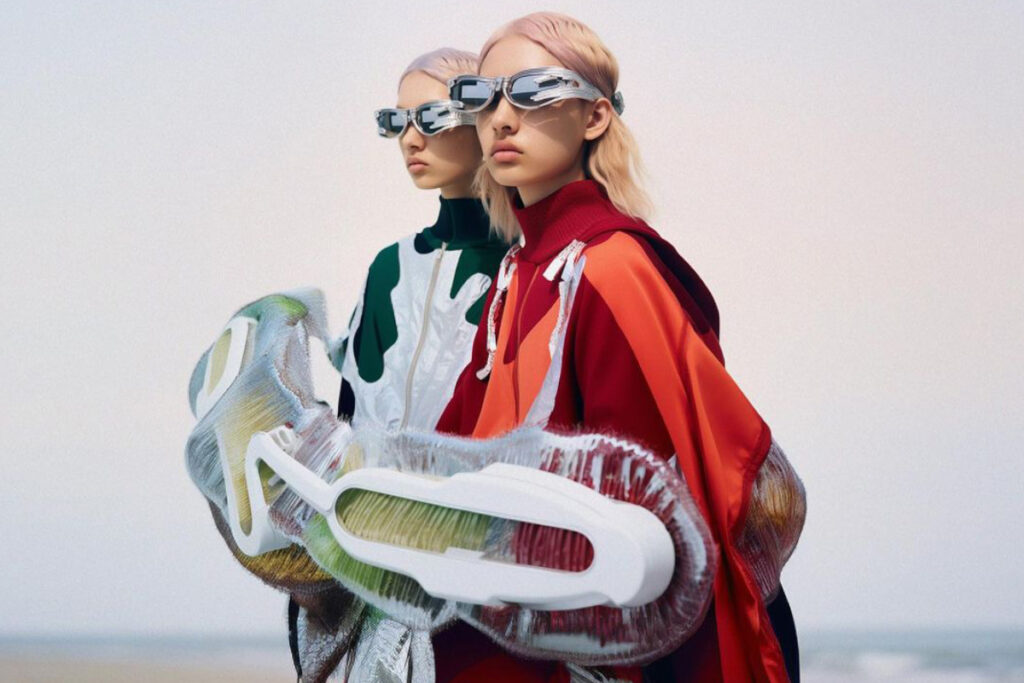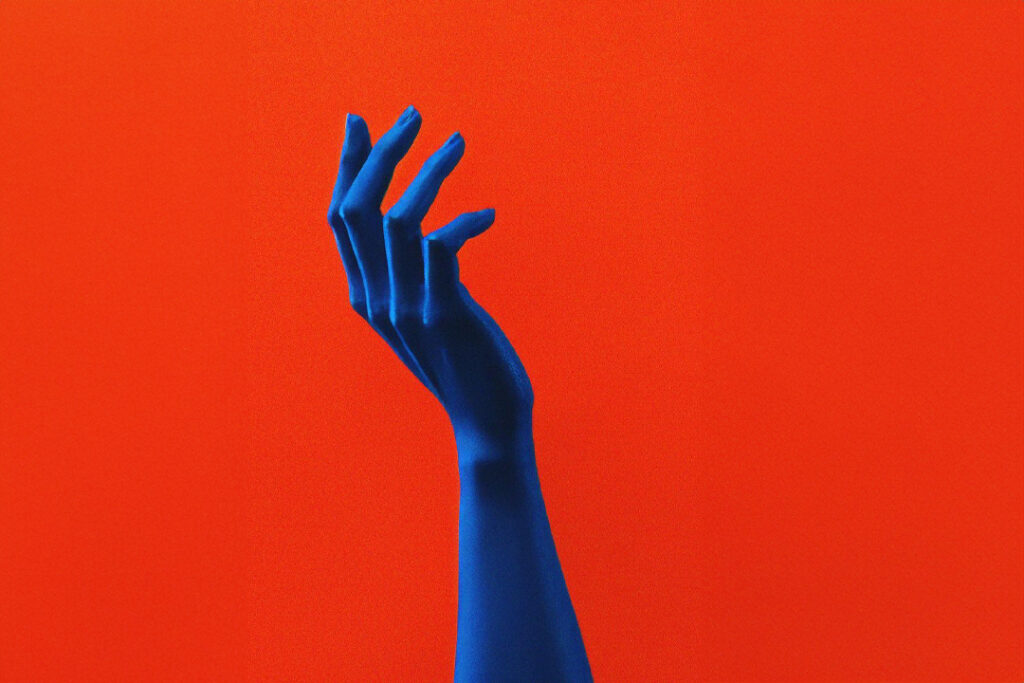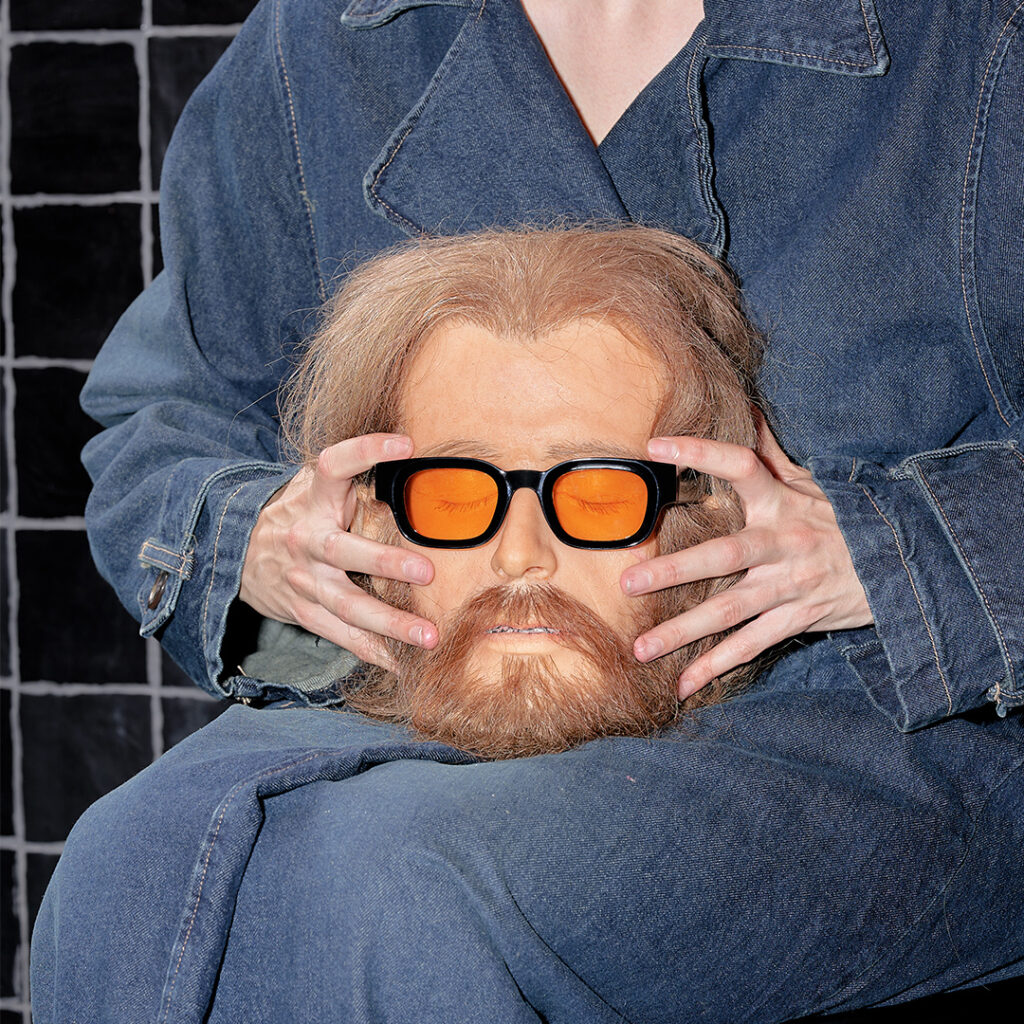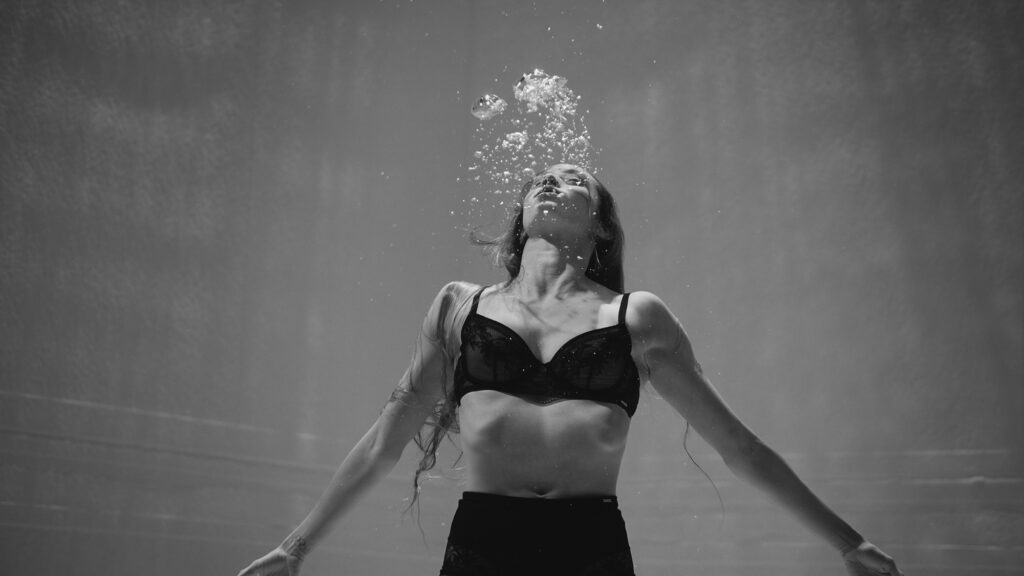The fashion industry is filled with innovative projects, many of which go beyond style and design and actually serve a larger purpose. Here at TNC, we’re particularly fond of ventures that manage to fuse style with innovation and technology in order to usher the industry as a whole forward into the future of fashion.
And that is precisely what The Alternative Limb Project does. In fact, we dare say that The Alternative Limb Project takes it a step further.
How, you ask? Well, by creating state-of-the-art prosthetics that challenge most notions of the way society perceives those in need of a limb replacement. Special effects prosthetics artist Sophie De Oliveira Barata founded The Alternative Project in 2011, where she creates prosthetics that can be either hyperrealistic, surreal, or unreal. By working closely with a team of electronic specialists as well as 3D modelling specialists, Barata is able to quite literally make dreams come true. Essentially creating wearable pieces of art, and highlighting the beauty and uniqueness of something that for the most part, people regard as a burden, a disability.
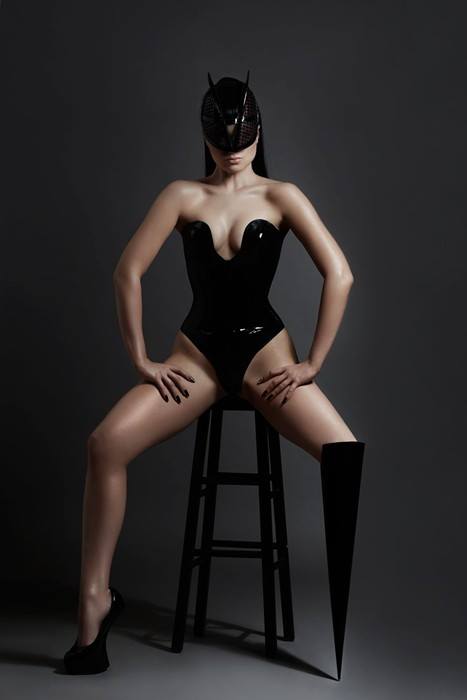
Source: The Alternative Limb Project
Merging the latest technology with traditional crafts, Sophie’s creations explore themes of body image, modification, evolution and transhumanism, whilst promoting positive conversations around disability and celebrating body diversity.
The goal? To focus on what’s there instead of what isn’t. Sophie De Oliveira Barata believes that alternative limbs are merely an extension of the wearer’s personality. As such, she works closely with her clients to make sure she understands each of their needs. The realistic limbs, for example, are made to match exactly the body of the wearer and look no different from natural limbs, so they will truly blend with a human body. Some otherworldly designs are meant to imbue the wearer with a sense of uniqueness, with outlandish, extraordinary designs that include interchangeable pieces, or secret compartments.
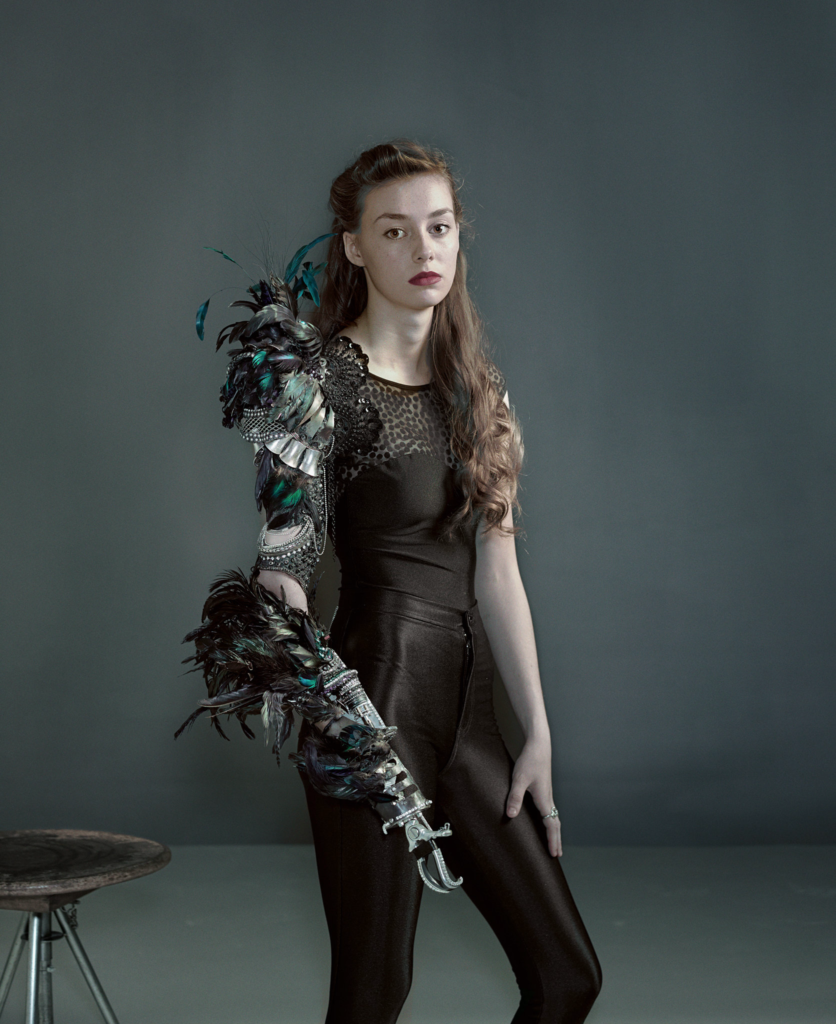
Source: Highlike
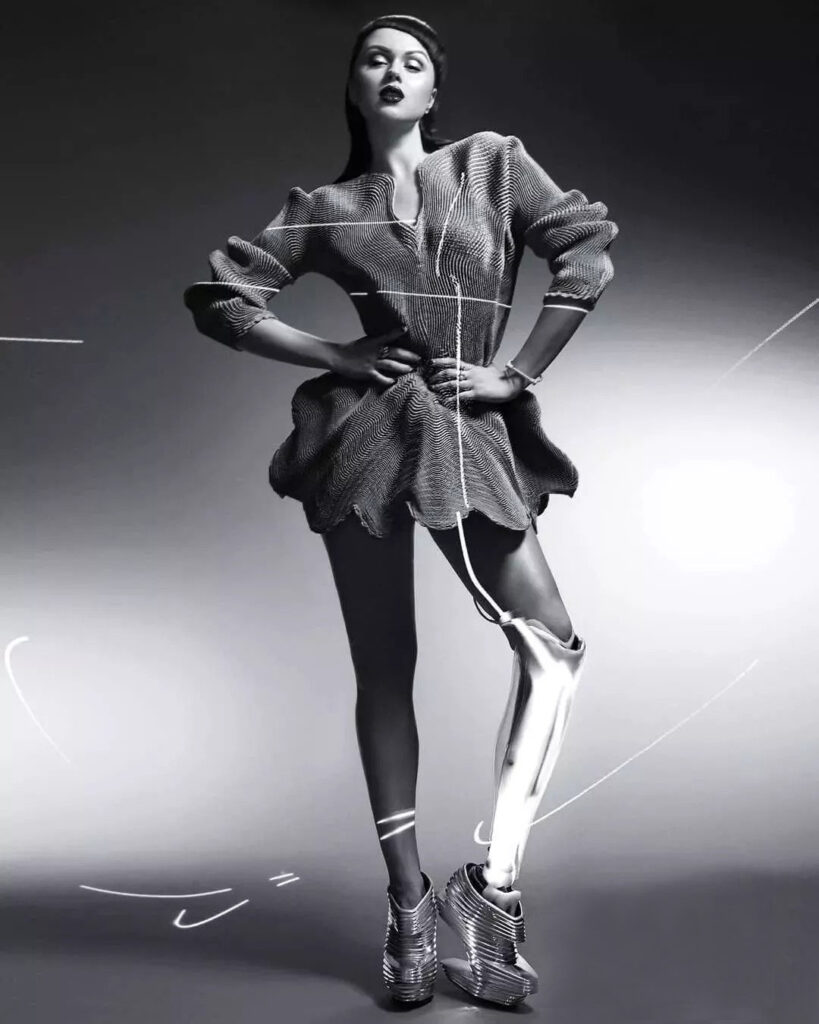
Source: The Alternative Limb Project
These futuristic designs for alternative limbs can empower amputees, and can perhaps create a shift in society’s body perception. By redirecting the conversation precisely towards the thing people would normally avoid talking about while interacting with an amputee, Barata has managed to turn something that might have brought the wearer shame, into something to be proud of, and even want to brag about.
It is one thing to create functional and accessible designs that can revolutionize the world of prosthetics and limb replacement. However, it is an entirely different, and astronomically impressive thing, to spearhead a project that can completely transform the perception that society has of something, and transform it for the better. Potentially bettering the lives of countless people. The Alternative Project does just that, its impact is so much more than just an aesthetically jaw-dropping, pleasing design. It could actually not only, help people see amputees with other eyes, but the wearers themselves might think of themselves differently, thanks to initiatives like this.
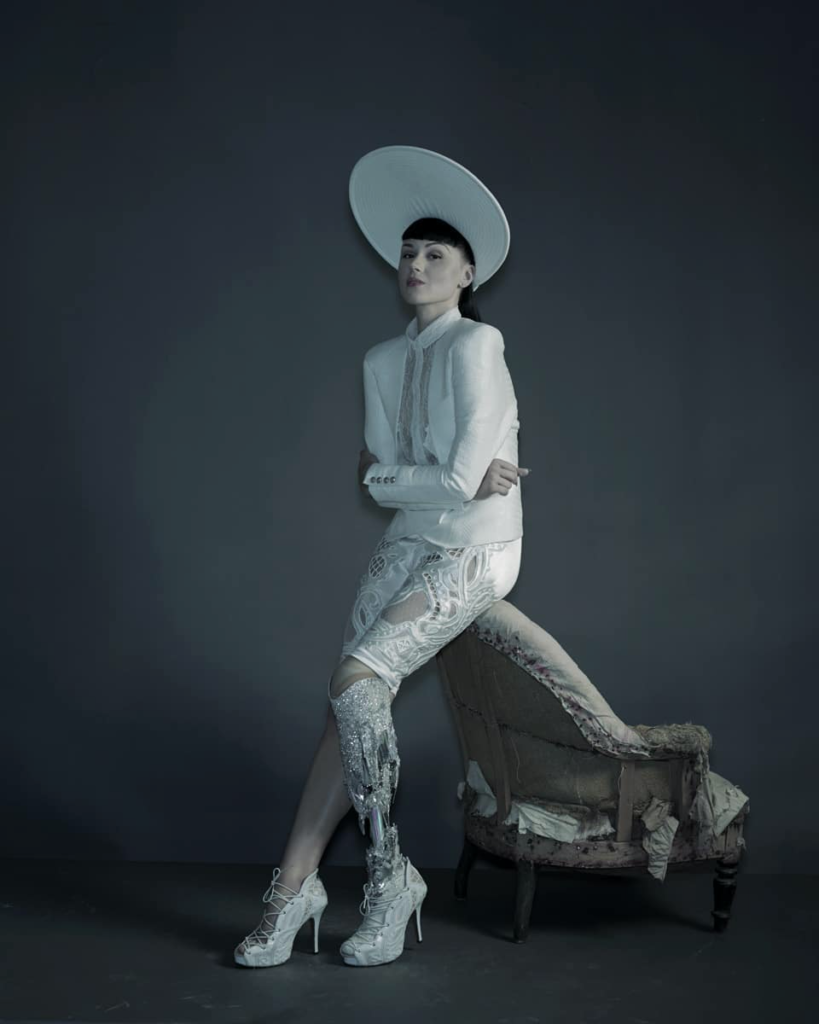
Source: The Alternative Limb Project
The fashion industry is filled with innovative projects, many of which go beyond style and design and actually serve a larger purpose. Here at TNC, we’re particularly fond of ventures that manage to fuse style with innovation and technology in order to usher the industry as a whole forward into the future of fashion.
And that is precisely what The Alternative Limb Project does. In fact, we dare say that The Alternative Limb Project takes it a step further.
How, you ask? Well, by creating state-of-the-art prosthetics that challenge most notions of the way society perceives those in need of a limb replacement. Special effects prosthetics artist Sophie De Oliveira Barata founded The Alternative Project in 2011, where she creates prosthetics that can be either hyperrealistic, surreal, or unreal. By working closely with a team of electronic specialists as well as 3D modelling specialists, Barata is able to quite literally make dreams come true. Essentially creating wearable pieces of art, and highlighting the beauty and uniqueness of something that for the most part, people regard as a burden, a disability.
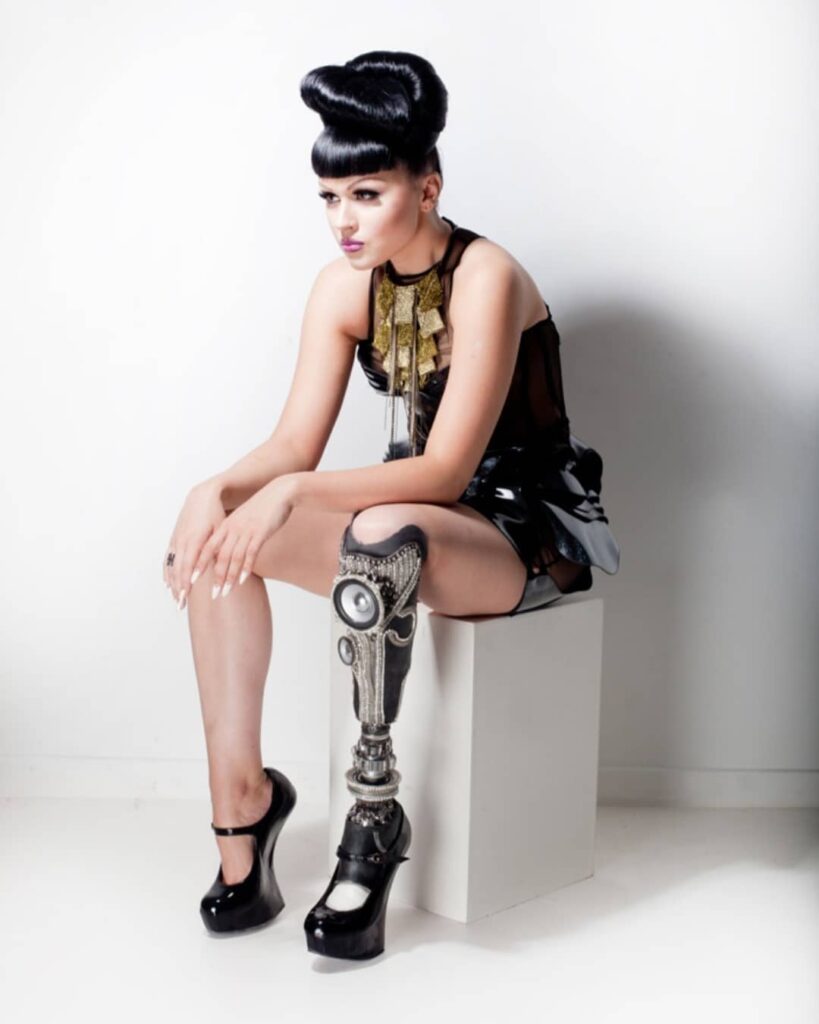
Source: The Alternative Limb Project
Merging the latest technology with traditional crafts, Sophie’s creations explore themes of body image, modification, evolution and transhumanism, whilst promoting positive conversations around disability and celebrating body diversity.
The goal? To focus on what’s there instead of what isn’t. Sophie De Oliveira Barata believes that alternative limbs are merely an extension of the wearer’s personality. As such, she works closely with her clients to make sure she understands each of their needs. The realistic limbs, for example, are made to match exactly the body of the wearer and look no different from natural limbs, so they will truly blend with a human body. Some otherworldly designs are meant to imbue the wearer with a sense of uniqueness, with outlandish, extraordinary designs that include interchangeable pieces, or secret compartments.

Source: Highlike

Source: The Alternative Limb Project
These futuristic designs for alternative limbs can empower amputees, and can perhaps create a shift in society’s body perception. By redirecting the conversation precisely towards the thing people would normally avoid talking about while interacting with an amputee, Barata has managed to turn something that might have brought the wearer shame, into something to be proud of, and even want to brag about.
It is one thing to create functional and accessible designs that can revolutionize the world of prosthetics and limb replacement. However, it is an entirely different, and astronomically impressive thing, to spearhead a project that can completely transform the perception that society has of something, and transform it for the better. Potentially bettering the lives of countless people. The Alternative Project does just that, its impact is so much more than just an aesthetically jaw-dropping, pleasing design. It could actually not only, help people see amputees with other eyes, but the wearers themselves might think of themselves differently, thanks to initiatives like this.

Source: The Alternative Limb Project
The fashion industry is filled with innovative projects, many of which go beyond style and design and actually serve a larger purpose. Here at TNC, we’re particularly fond of ventures that manage to fuse style with innovation and technology in order to usher the industry as a whole forward into the future of fashion.
And that is precisely what The Alternative Limb Project does. In fact, we dare say that The Alternative Limb Project takes it a step further.
How, you ask? Well, by creating state-of-the-art prosthetics that challenge most notions of the way society perceives those in need of a limb replacement. Special effects prosthetics artist Sophie De Oliveira Barata founded The Alternative Project in 2011, where she creates prosthetics that can be either hyperrealistic, surreal, or unreal. By working closely with a team of electronic specialists as well as 3D modelling specialists, Barata is able to quite literally make dreams come true. Essentially creating wearable pieces of art, and highlighting the beauty and uniqueness of something that for the most part, people regard as a burden, a disability.

Source: The Alternative Limb Project
Merging the latest technology with traditional crafts, Sophie’s creations explore themes of body image, modification, evolution and transhumanism, whilst promoting positive conversations around disability and celebrating body diversity.
The goal? To focus on what’s there instead of what isn’t. Sophie De Oliveira Barata believes that alternative limbs are merely an extension of the wearer’s personality. As such, she works closely with her clients to make sure she understands each of their needs. The realistic limbs, for example, are made to match exactly the body of the wearer and look no different from natural limbs, so they will truly blend with a human body. Some otherworldly designs are meant to imbue the wearer with a sense of uniqueness, with outlandish, extraordinary designs that include interchangeable pieces, or secret compartments.

Source: Highlike

Source: The Alternative Limb Project
These futuristic designs for alternative limbs can empower amputees, and can perhaps create a shift in society’s body perception. By redirecting the conversation precisely towards the thing people would normally avoid talking about while interacting with an amputee, Barata has managed to turn something that might have brought the wearer shame, into something to be proud of, and even want to brag about.
It is one thing to create functional and accessible designs that can revolutionize the world of prosthetics and limb replacement. However, it is an entirely different, and astronomically impressive thing, to spearhead a project that can completely transform the perception that society has of something, and transform it for the better. Potentially bettering the lives of countless people. The Alternative Project does just that, its impact is so much more than just an aesthetically jaw-dropping, pleasing design. It could actually not only, help people see amputees with other eyes, but the wearers themselves might think of themselves differently, thanks to initiatives like this.

Source: The Alternative Limb Project
